As fans well know, Non Non Biyori is a show punctuated by pauses. In fact, many of the top comments on Crunchyroll have to do with viewers who’ve checked their internet connection or refreshed the page mid-watch, thinking that the stream must have stalled. These “frozen moments” are unique to the anime adaptation of the series, and transform the endearing entertainment seen in the manga into something even more profound. Something, too, that is quite familiar to readers of the Book of Psalms. You see, Non Non Biyori is structured around selah moments and rooted in a rhythm of reflection.
The slideshows in this post consist of all the shots from the opening interlude in episode 1, in order.
This rhythm is clear from the very first episode, which opens with what is in effect a three minute pause: a visual essay on the beauty of nature that eases viewers into life in Asahigaoka through successive shots of the hills and valleys, brooks and roads, outbuildings and homes that constitute this humble village. These images acquaint us with the topographical rhythms of the land long before we encounter its people. Cars, trucks, and tractors travel its reaches placidly and buildings dot the horizon, all testifying to a human presence, but there is nevertheless a timeless feel to it all. When we do at last see the children around whom the series revolves, it is from a distance or up on high. We are sharing the perspective of the village itself, which encompasses sky above and valley low. It is a gaze that is patient, affectionate, and full of life.
This kind of scenic interlude weaves in and out of the entire series, appearing in practically every episode and even featuring in the opening sequences of all three seasons. The majority of these pauses are briefer than the first “establishing” interlude, lasting long enough to recite a haiku or two at most (or, for the quick-witted, perhaps compose one). They serve to gently but firmly remind us to breathe for a moment: to breathe in the wonder of nature or, should one’s suspension of disbelief not be so readily engaged, to find momentary respite in the stunning artistry that conveys the natural life of rural Japan so compellingly.
These breathing spells interrupt our urgency for the next gag or plot point—that driving pace we’re so accustomed to at work and school, and in modern life in general—and instead invite us into a rhythm of being that is completely other, transporting us above and beyond the hustle and bustle and shifting our perspective. These are selah moments.
But what exactly does this mean? The Hebrew term selah is actually a bit of a mystery, which is why most translations of the Bible just transliterate it—writing it as “selah”—rather than attempting to translate it. Many scholars believe it to be a bit of musical terminology, perhaps akin to a “rest” in classical musical notation. Which is probably why it’s occasionally rendered as “pause and reflect”.
Although there’s no consensus as to its exact meaning, one thing is certain about selah: there is a pattern to how it is used. It shows up 71 times in Psalms (and three more times in Habakkuk), and every time—without fail—it serves as a pivot point in the passage, shifting the tone and focus of the narrative.
It does this in one of two related ways. In the first scenario, which plays out roughly half the time, selah leads the psalmist and audience from a place of reflection on God, his attributes and actions, into full-on praise for the One who has created such marvels, proven so faithful, and made life good. In other words, it’s a sort of refining shift, going deeper into God’s goodness.
The interludes I’ve been talking about so far in Non Non Biyori do this too (or at least, they can if we choose to engage with them so). They create a space for us to reflect on the wonder of nature and come to the conclusion that this world is awesomely and wonderfully made, that God creates beautifully, and that—deep breath—life is good after all. We may even feel the urge to burst into song.
That’s selah roughly half the time in Psalms, and in Non Non Biyori too. But selah pauses appear at other moments as well. Let’s start with Non Non Biyori.
You see, there’s another kind of pause in this series—the comedic pause. You know what I’m talking about: those moments after Natsumi (it’s always Natsumi!) has just said or done something ridiculous and everyone freezes in shocked silence for several beats too long? These are the “frozen moments” that have viewers checking their internet connections. These are also the moments that demonstrate the utter mastery of comedic timing that is Non Non Biyori, as the prolonged dumbfounded reaction elicits a second wave of chuckles from the viewer.
But there’s something more going on here too. Or should I say, there are a whole lot of things not going on in these moments. There is no angry explosion at whoever has just done something ridiculous (ahem, Natsumi); there is no taking offence and storming off; there is no falling into discouragement or despair as the final straw hits its mark. Instead, the characters remain still as they catch their breath, process what’s just happened, and decide—consciously or unconsciously—how to respond.
For instance, there’s the time when Natsumi mistakenly believes that she has damaged the shoji or paper screen in her bedroom and tries to cover it up, only to learn from her mother that she was the one who had made the hole. In her relief, Natsumi triumphantly rips off the poster she’d used to cover up the hole, thus inadvertently tearing away a huge chunk of the paper. The characters just stare at the gaping expanse in disbelief. But here’s the thing: no one yells or berates Natsumi.
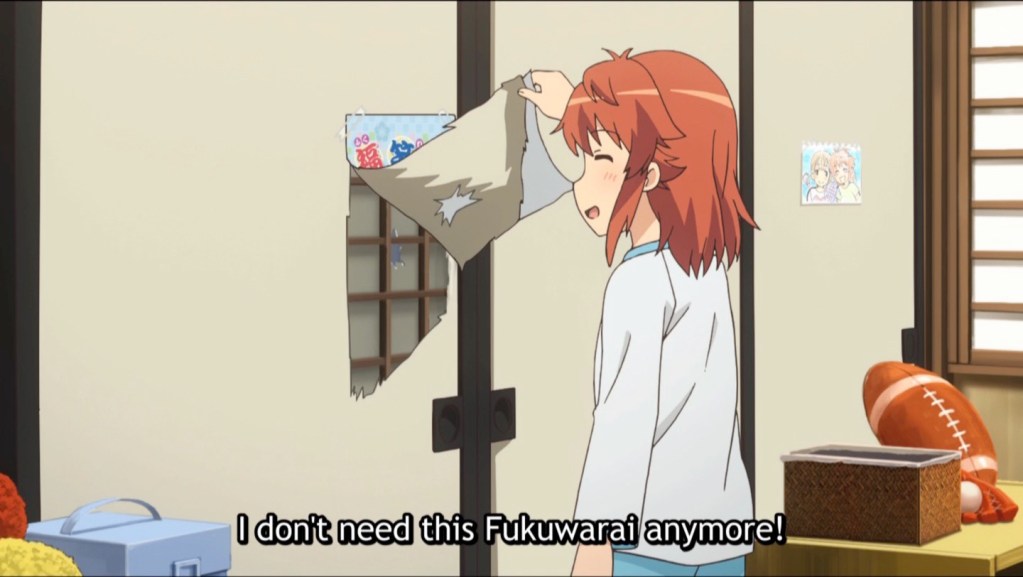

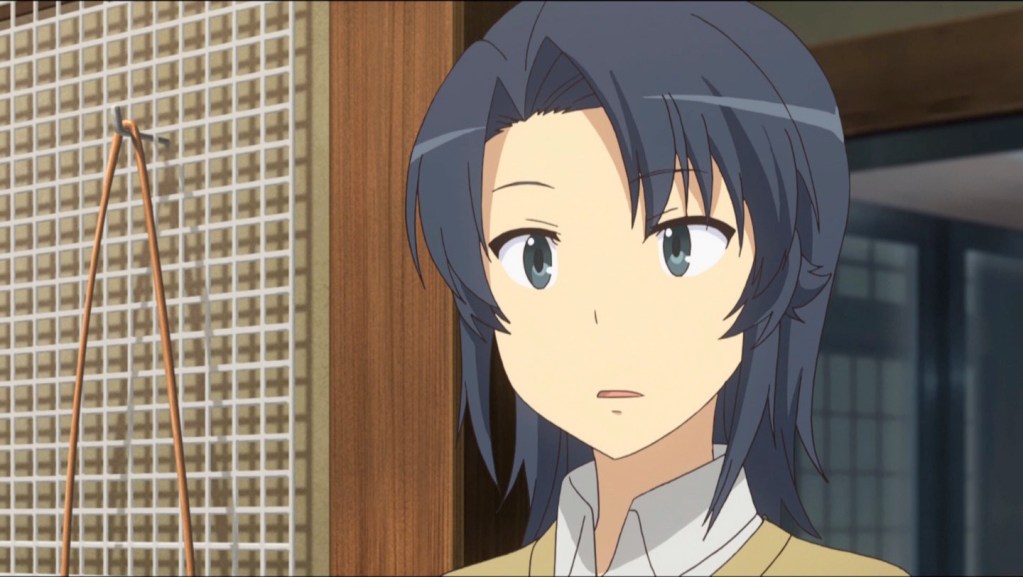

Or take the time when Natsumi (notice the pattern here) puts off doing her summer holiday homework until the last minute, panics, works furiously, and then spills juice all over her belated yet nevertheless hard work. Cue lingering comedic pause. But instead of raging or using the accident as an excuse not to complete the homework, Natsumi takes a long moment and ultimately owns her decision to do the work, and starts again.

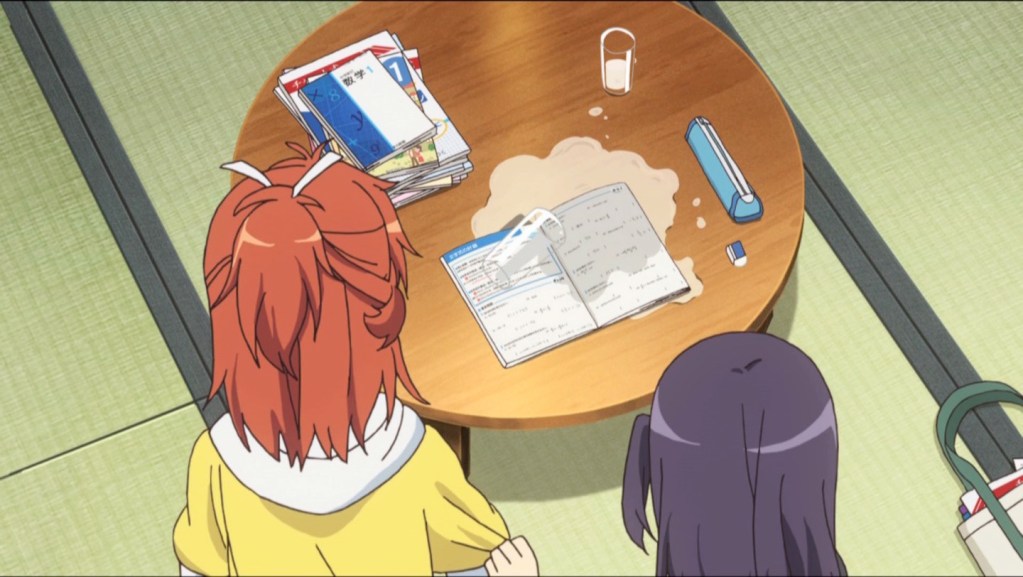
What is happening in these comedic pauses, both among and within the characters, is a powerful act of grace, interrupting what would otherwise be a very natural flow into anger, frustration or despair.
This is precisely what happens in the second scenario in which selah plays out in Psalms. In these instances, selah interrupts a downward emotional spiral as the psalmist stops to catch their breath. It comes, for instance, after David recounts a litany of betrayals from one close to him, or the sons of Korah evoke the fleeting nature of existence and the foolishness of humanity; it comes after David decries the wickedness of bloodthirsty men seeking his life. Articulating these hurts and fears is important and healthy, but you can feel the bitterness and hopelessness beginning to rise, and the pulse of the psalmist quickening, their breath coming in short, hot bursts. The negative emotions are on the verge of taking over when all of a sudden—selah. Pause and reflect. Remember who God is. Remember he is here even now.
This use of selah ushers in a poetic act of remembrance for several verses, and sometimes from there, a second selah of the first kind, shifting the psalm into outright praise. But not always. Either way, selah—like grace itself—slows and redirects the downward spiral before it can become harmful.
And here’s where I think Non Non Biyori actually provides a valuable insight that Psalms does not quite manage. Non Non Biyori starts with making the space for selah in the midst of mundane everyday life, right from the outset with those first three minutes in episode 1. The show creates for its characters a pattern of life organized around selah, around breathing spaces. So when a crisis or conflict does hit, and our beloved cast teeter on the edge of a downward spiral, they are able to dig in and breathe for a moment in the pause. They’re used to doing it. And from there, they extend grace to others and to themselves too when they need it most.
So those comedic pauses? They aren’t just for laughs. They also show us the fruit of a lifestyle of selah.
So the next time you think the stream is buffering while you watch Non Non Biyori, just take that time to breathe, hold the moment, and give thanks for this beautiful show. And maybe consider tuning the rhythm of your life a little more closely to that of Asahigaoka. I know I’m certainly trying!
Non Non Biyori can be streamed on HiDIVE (Season 1 & Special) and Crunchyroll (Season 3). (Season 2 recently became unavailable—hopefully not for long…*breathes*)
- Miracles from the Gutter, Turkey ep. 12 - 12.03.2025
- The Grace of Turkey: A Bowling Girls’ Gospel - 11.26.2025
- Review: Riviere & the Land of Prayer, Vol. 3 (Light Novel) - 11.20.2025




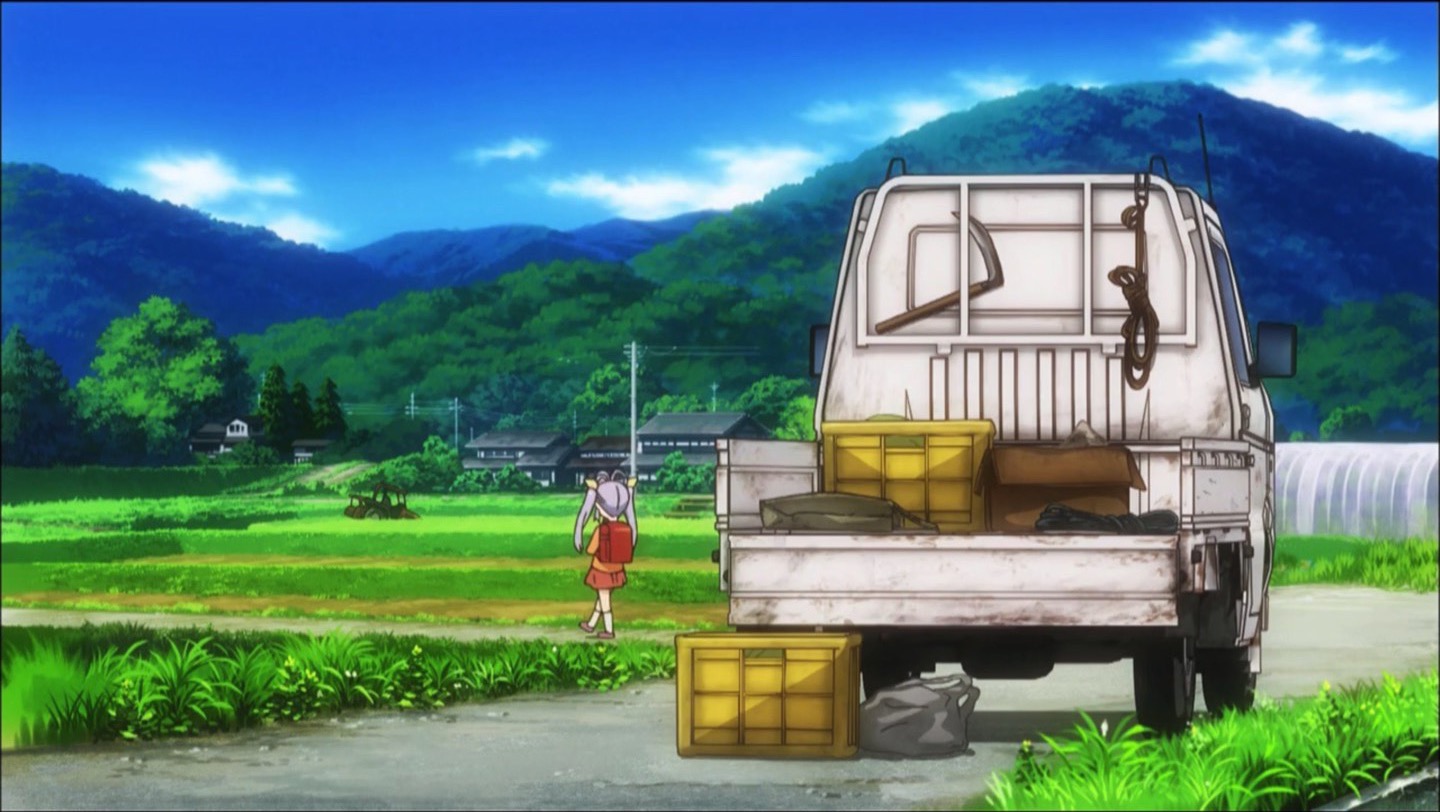

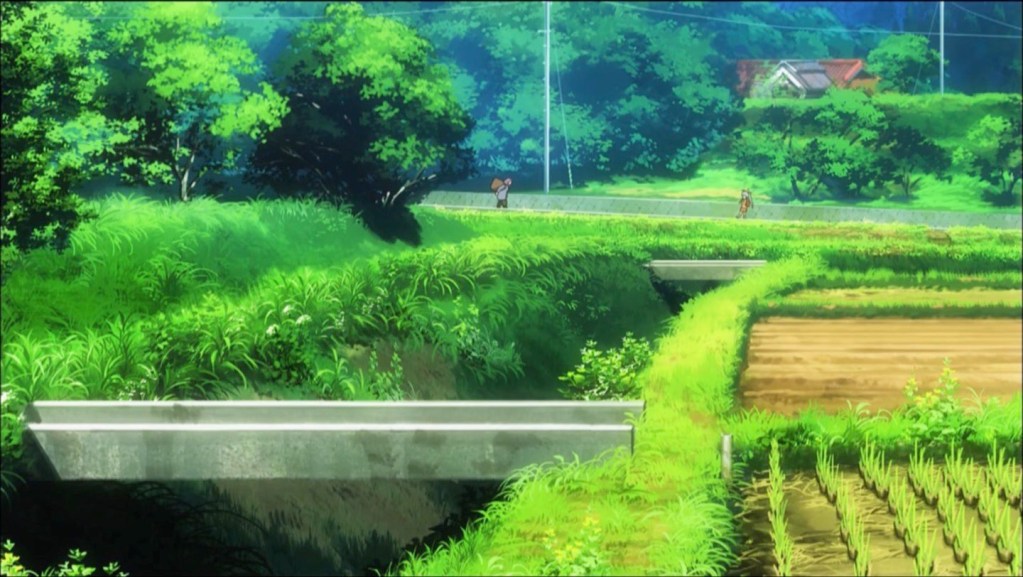

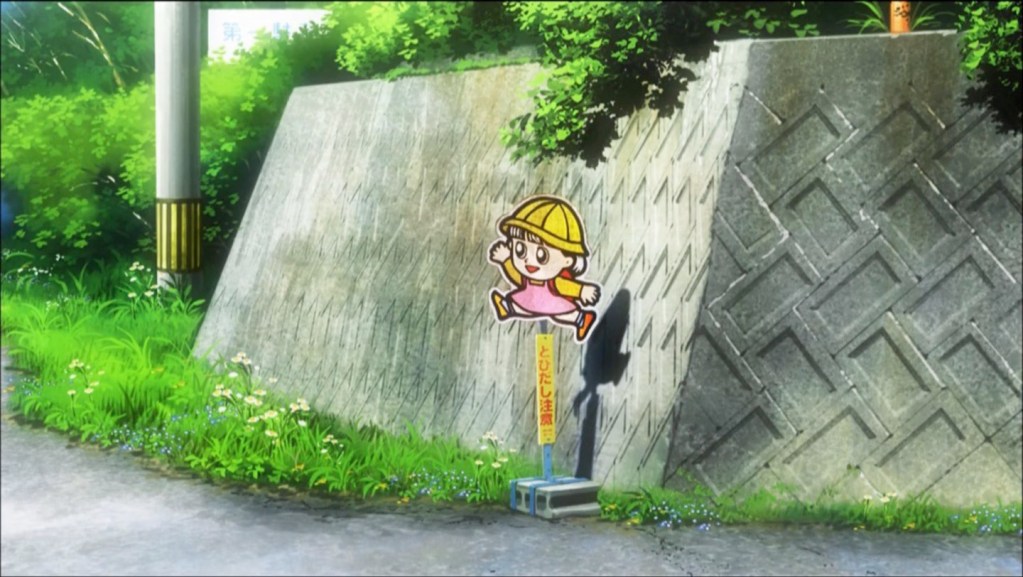
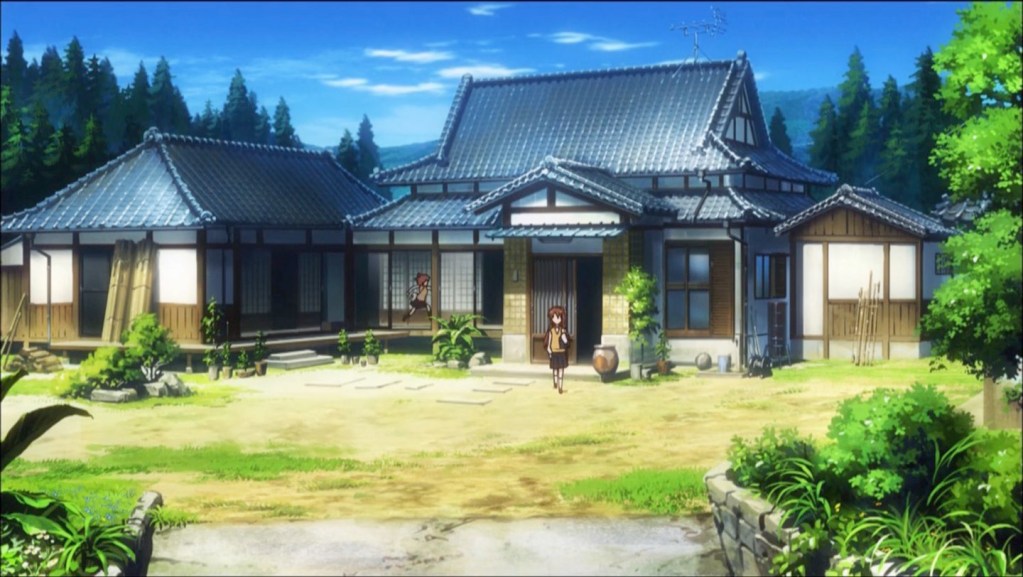

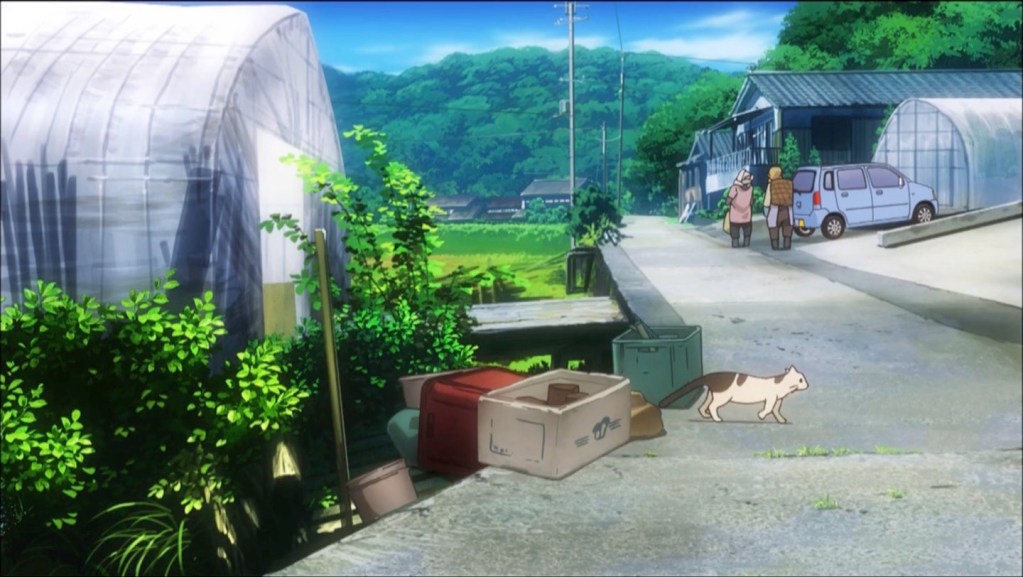
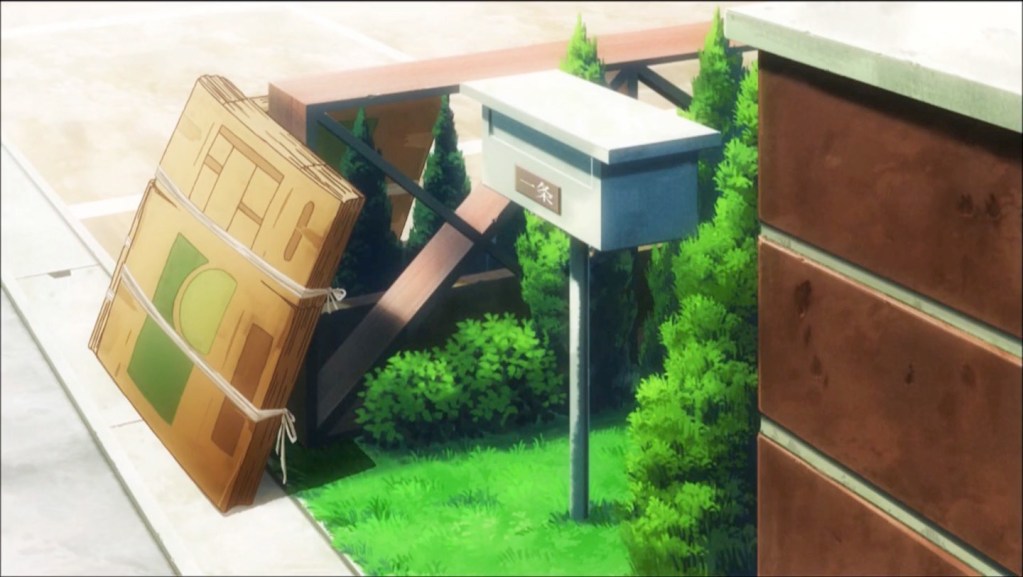
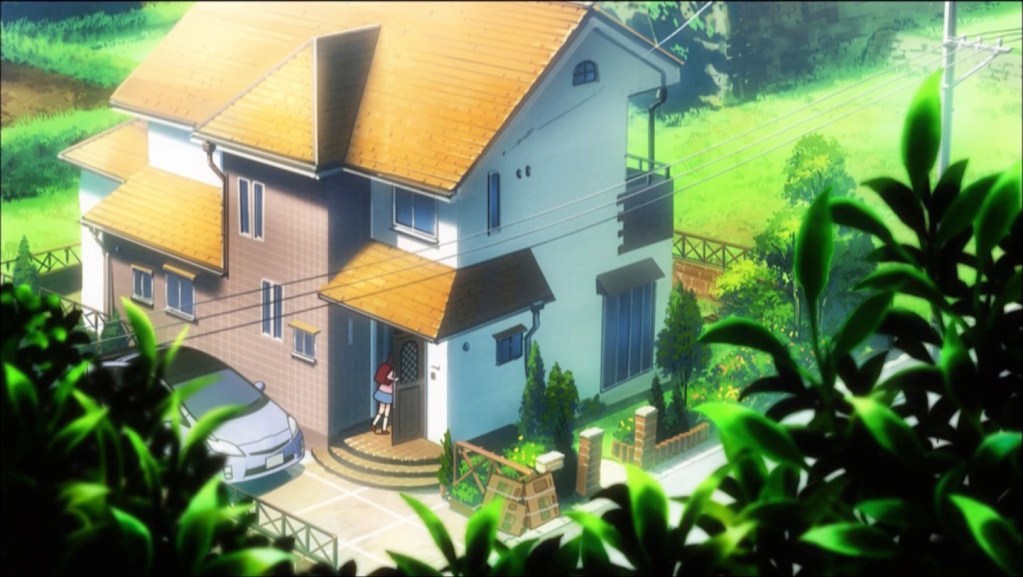

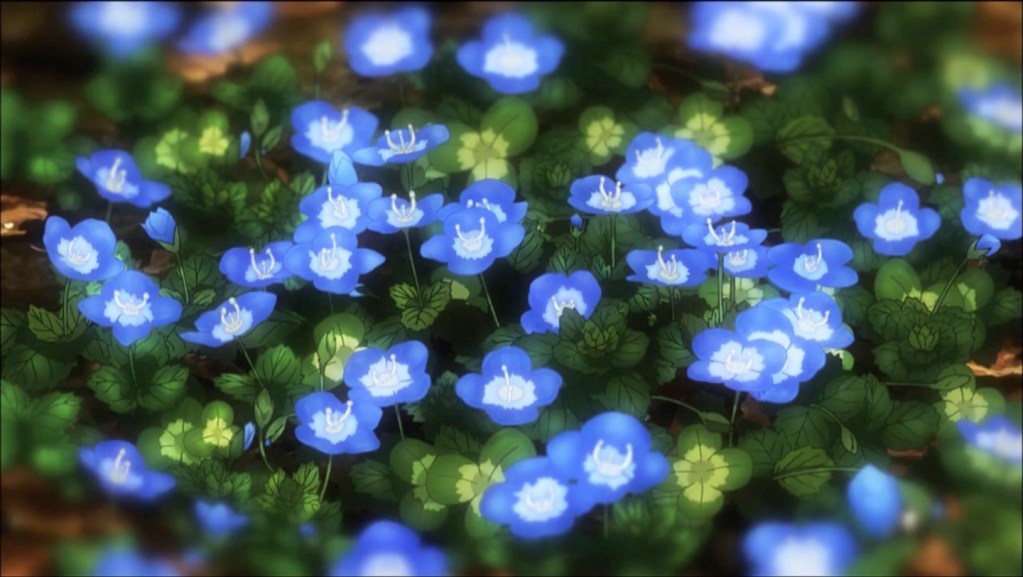
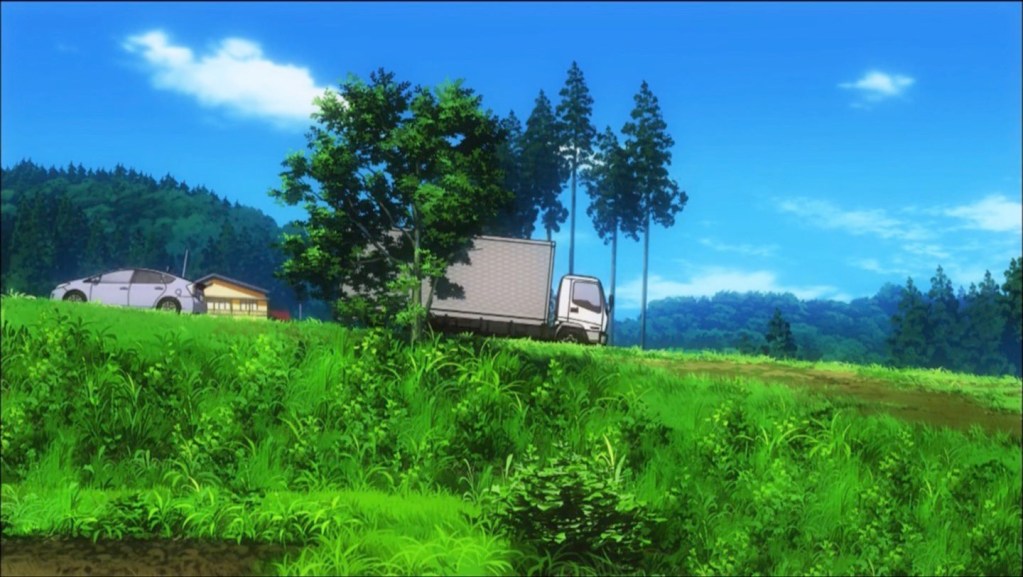

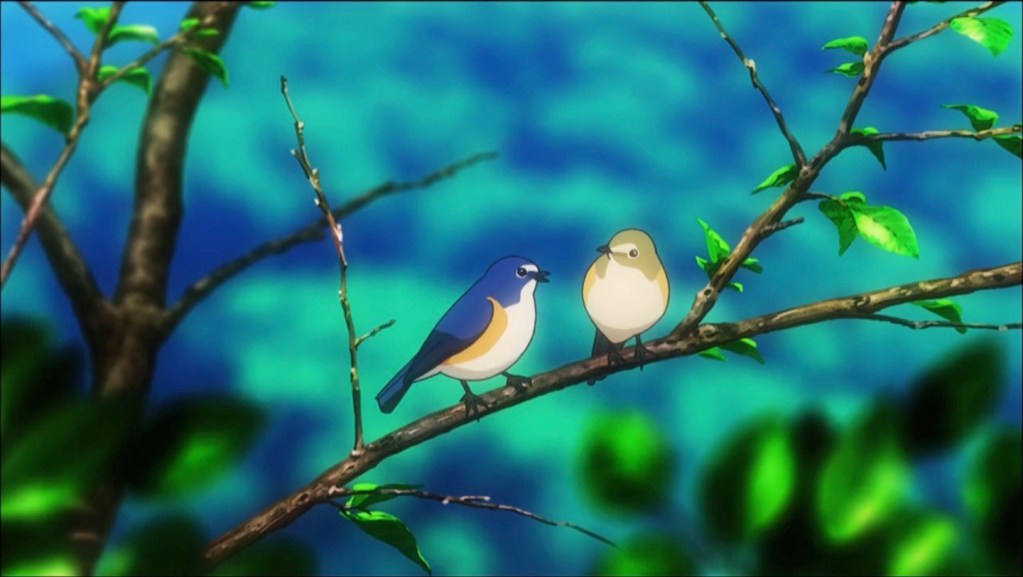
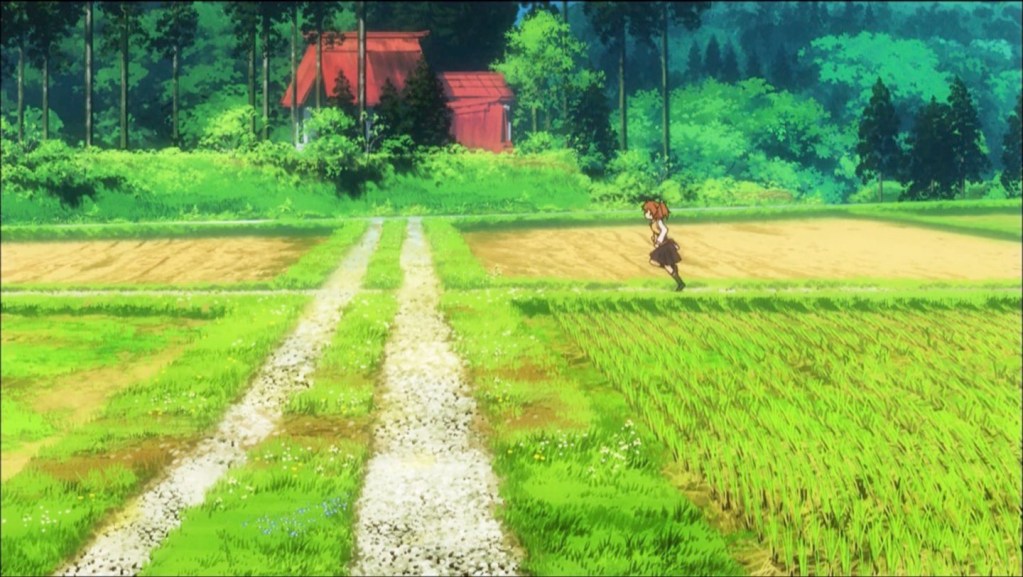
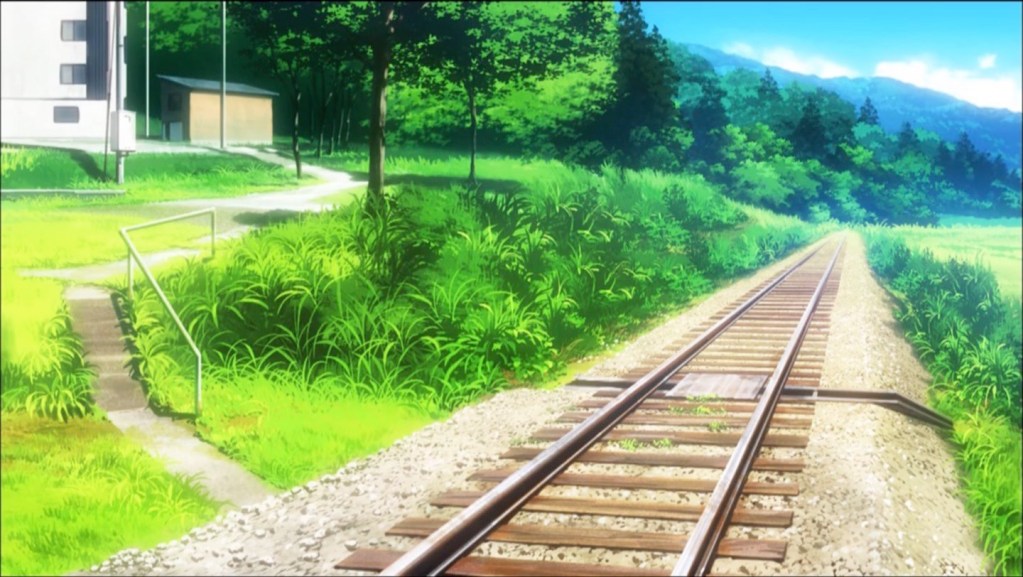





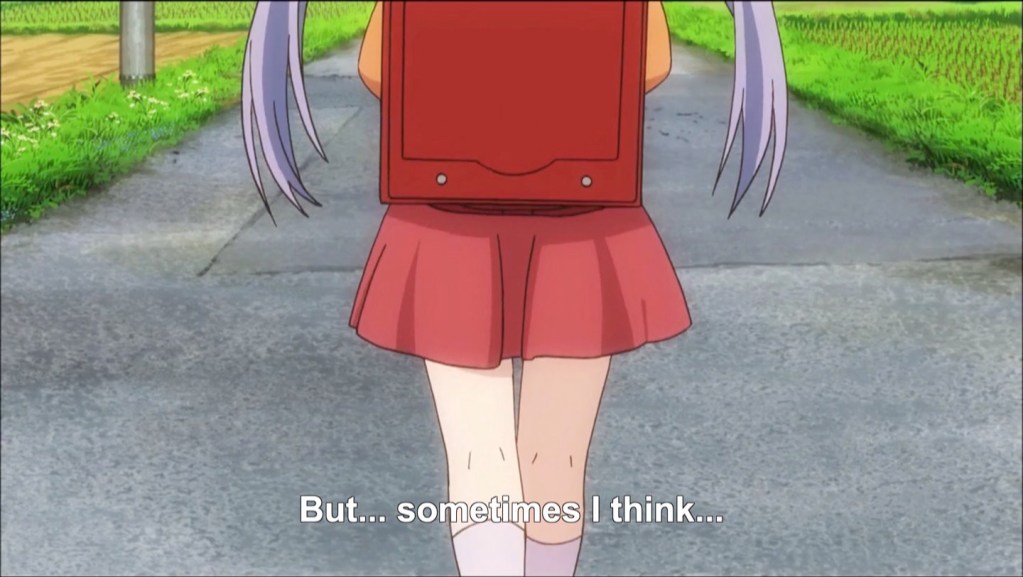
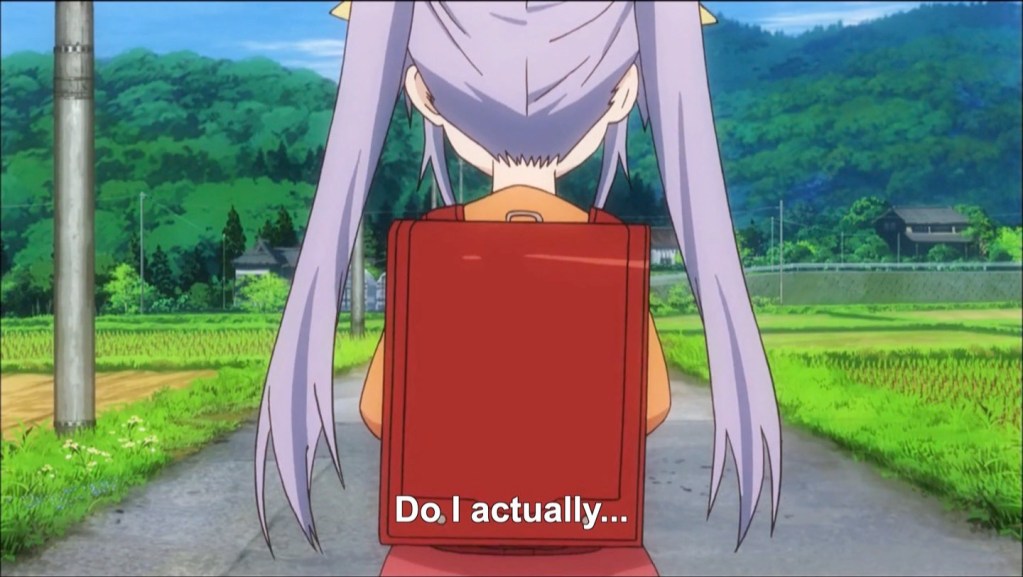






[…] and have high hopes that this could be the kind of series that will fit nicely next to Yuru Camp or Non Non Biyori in the way that it combines cute girls doing cute things with deeper themes about friendship and […]
[…] and have high hopes that this could be the kind of series that will fit nicely next to Yuru Camp or Non Non Biyori in the way that it combines cute girls doing cute things with deeper themes about friendship and […]
[…] and timing that she had me in stitches repeatedly, just like one of her other standout characters, Natsumi of Non Non Biyori fame. The art is playful, making full use of the visual language of comedy anime and manga, and […]
[…] And wondrously, tragically, she achieves her desire. With her dying breath, she takes the risk and says those beautiful terrifying words to her children, and discovers that she means it. Somewhere along the way, she overcame her greatest fear about herself and learned to love. Selah. […]
[…] So it has that going for it. Honestly, though, just watch SxF or the slice-of-life equivalent, Non Non Biyori, if it’s cute, precocious kid vibes you’re looking […]